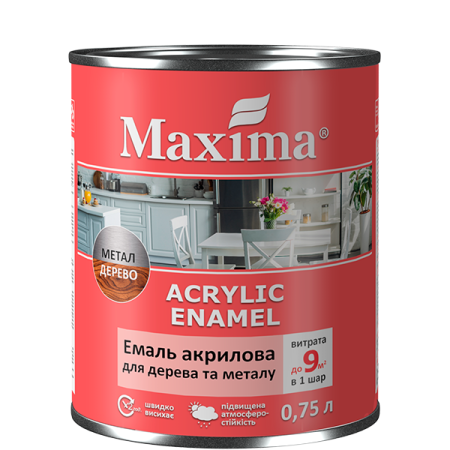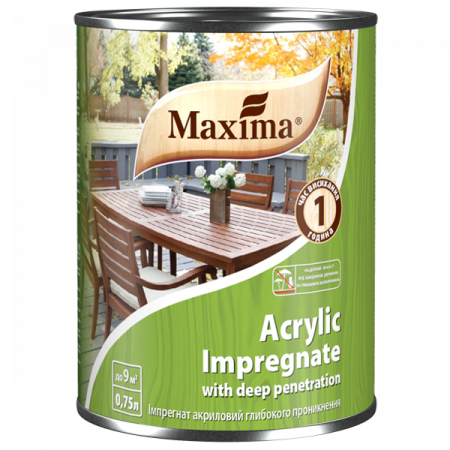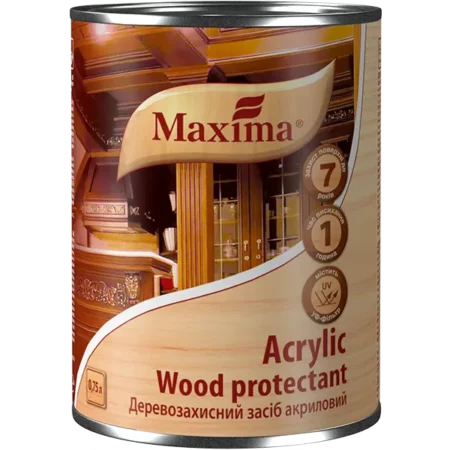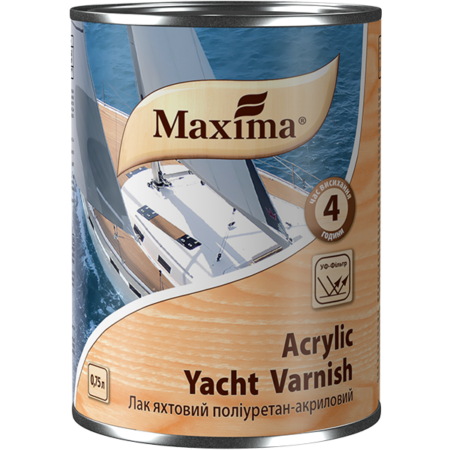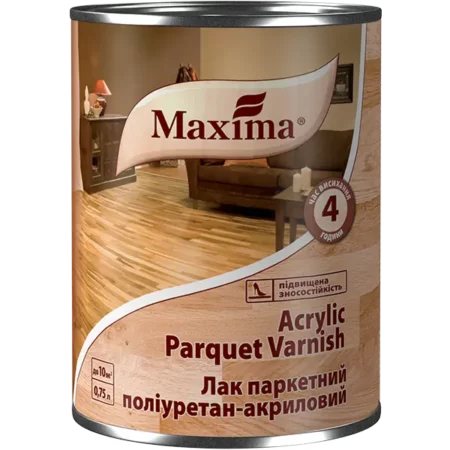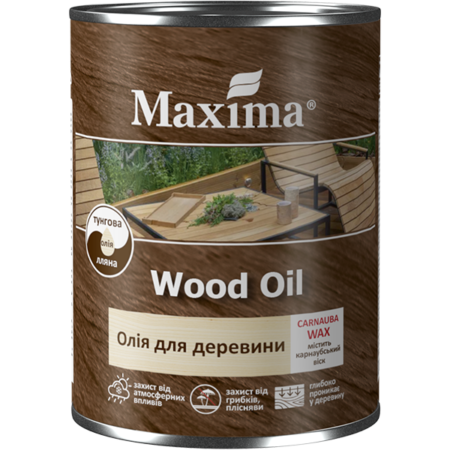How to choose paints to protect wood
Wood is a natural, eco-friendly and universal material, which is highly valued due to its construction and decorative traits. To preserve the unique traits of wood and prolong its lifespan, special care is taken for it. Protect wood against aging and mechanical damage, precipitation impact, ultraviolet radiation, bacteria, and pests by applying enamels, varnishes, or wood protectants. No matter if you are going to apply waterborne or solvent–based products, you must follow all directions about how to prepare the wooden surface for coating. When you have a question, what paint to choose, it is important to take into account several key factors, like the type of wood, exploitation conditions, and desired finishing result.
You shall provide reliable and regular care to protect wood, save its natural beauty and substantially prolong its exploitation. Wooden constructions demand reliable protection against aging, mechanical damages, weather effects (precipitation and temperature fluctuation), ultraviolet radiation, and against fungi, bacteria and pests. An effective way to solve these problems is to use special protective products, as enamels, varnishes, or wood protectants.
The choice of a relevant product – acrylic or alkyd one depends on several options. However, it is very important to prepare the surface correctly before applying a protective coating, no matter what kind of coating it will be. Generally, primary preparations of the wooden surface substantially affect the quality and durability of the coating. When you choose paints for wood, take into account the species of wood, exploitation conditions and desired decorative effect. It helps you reach the best possible result as from aesthetically so from practical points of view.
Key factors when you choose coating to protect wood
If you want to find the best possible coating for your project, you should consider the following aspects:
The species of wood is important to be viewed as its natural color, hardness and texture can significantly affect the appearance of the coated surface.
Resistance to the mechanical loading – the surface must correspond to the exploitation conditions: choose the products with the required level or wear resistance, depending on the frequency of use and location of wooden elements.
Outer influence is important if the surface is located outdoors. Choose a coating that can resist moisture, UV-radiation and temperature fluctuation.
Esthetic effect must be considered in prior. Decorative result can be different as different products can create glossy, matt, transparent or saturated coatings.
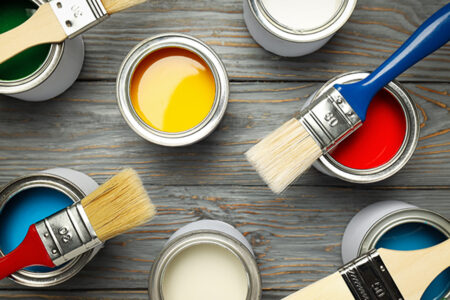
What to choose to protect wood
Wood is a popular material for construction, renovation and decoration, so there are a lot of wood protective products in the market. The most demanded are enamels, varnishes, wood protectants, oils and lasures.
First of all, decide what the finishing result, that you desire to have.
Enamels fully change the color of the surface, hide the texture of wood and provide long-lasting protection against moisture, mechanical damage, and ultraviolet radiation.
Varnishes preserve the natural texture of wood, add gloss, and protect against moisture and mechanical damage.
Lasures, wood protectants, impregnates and stains also preserve the texture of the wood, add color, protect against UV-radiation, moisture, mould and pests.
Oils and waxes are the most eco-friendly coatings. Oils deeply penetrate the base surface without creating a film, and waxes make the surface water-repellent.
Wood protectants can be made on various bases.
Enamels for wood protection
Oily enamels were once the traditional choice for wood protection; however, they lost their popularity due to several disadvantages – a long drying period (from several hours to several days), low weather resistance, a tendency to yellow and fade, and a high concentration of harmful substances.
Alkyd enamels are made based on synthetic resins. They perfectly suit exterior works because they are resistant to moisture and temperature fluctuations. Wood, covered with alkyd enamels, retains its hardness for many years.
However, alkyd enamels are less eco-friendly than acrylic ones. They have a strong odor and comparably long drying period.
Acrylic enamels are waterborne enamels based on acrylic dispersion. They are good for interior and exterior works, have a wide portfolio of colors and provide elastic coating, which will not crack with time.
Advantages of acrylic enamels:
- Easy to apply,
- Safe to use,
- No strong odor,
- Quick drying
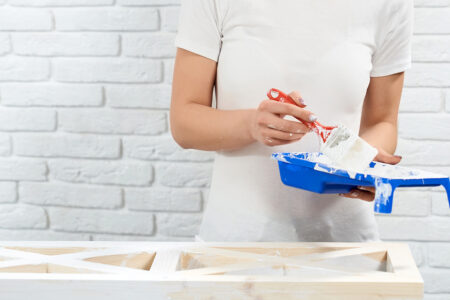
Acrylic enamel for wood and metal TM “Maxima” dries quickly and doesn’t yellow over time. It demonstrates high resistance to weather and moisture. It creates a hard and elastic coating, resistant to mechanical loading and intensive repeated washing. You can paint furniture, entrance doors and interior doors, window frames. Except for wooden surfaces, acrylic enamel is intended for coating undercoated metal and mineral surfaces, radiators and elements of heating systems. The color range is represented by 20 colors with a silky-matt gloss degree. The enamel of white color can be used as it is or be tinted in pastel light colors.
Lasures and wood protectants
Lasures are intended for timber tinting, preserving its texture and adding a decorative look to it. They are used for interior works more often but sometimes the can be used for exterior works.
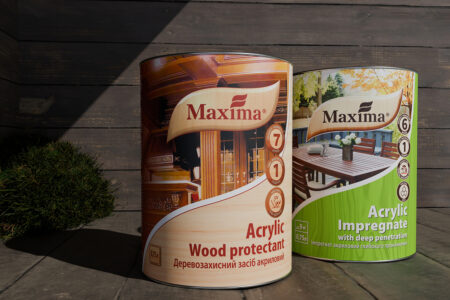
Wood protectants are used for decorative coating of wood and for providing protective properties.
Acrylic wood protectant TM Maxima contains special filters, which provide reliable protection to the surface against UV radiation and an unpleasant environment. It creates a water-resistant coating, which protects the wood against moisture effect. It effectively protects the surface against pests and fungi. It emphasizes the texture of the wood and preserves its natural beauty. It dries quickly.
Impregnates are special penetrating treatments, which deeply penetrate into the structure of wood and protect it against negative moisture effects, stop mould and fungi development, and prevent pests and wood rot.
Deep-penetrating impregnate TM Maxima is a water-based wood protectant that emphasizes the timber texture and preserves its natural beauty. It is intended for decorative and protective coating of polished and non-polished wood and also wooden products, like building facades, fences, garden houses, terraces, balconies, panels, joists, doors, window frames, furniture, etc. It is also good for treating porous timber materials, which were not soaked (for example, plywood, pressed porous boards, etc). It can be used for exterior and interior works. In case of coating of the surfaces, which suffer from intensive mechanical loading (floors, benches, furniture elements, etc.), it is recommended being additionally coat them with varnish (parquet polyurethane acrylic varnish TM Maxima or yacht polyurethane acrylic varnish TM Maxima).
Oils and waxes for wooden surfaces
Oils and waxes are natural or semi-natural products for wood protection, which have a list of advantages in comparison with paint products.
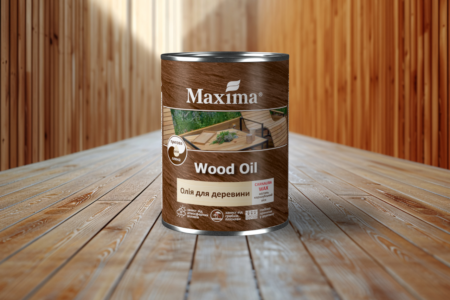
Wood oil TM Maxima penetrates wood, changing it from the inside and protecting it from moisture. The surface preserves its texture and natural color after oil application. The oil allows the surface “breathing” without creating a hermetic film on the surface, which is important for preventing wood rot after condensate. The best of oil can be seen on raw wood. It can be used for repeated coating of the surface, which was previously soaked with wood oil TM Maxima. Tung oil with Carnauba wax penetrates deeper in the wood than common flax oil with beeswax. Getting dry, it becomes much harder; thus, such a coating will serve much longer on actively exploited surfaces.
Waxes are the most ecological coatings for wood. They form a thin water repellent film, which protects wood against moisture penetration and contamination. The surface, treated with wax, is pleasant to touch: silky, ”alive” and not slippery. The wax provides wood warm gloss and emphasizes its texture. Waxes are often used together with oils: first, you apply oil to protect the surface from the inside, then the wax for outer protection. Scratches or abrasions can be easily polished.
Varnishes
Acrylic varnishes are water-based. They dry quickly, have no strong odor and can be used not only for exterior works but also for interior. Acrylic varnishes are made with different gloss degrees – glossy, matt and semi-matt. Acrylic varnishes differ according to the degree of hardness and abrasion resistance.
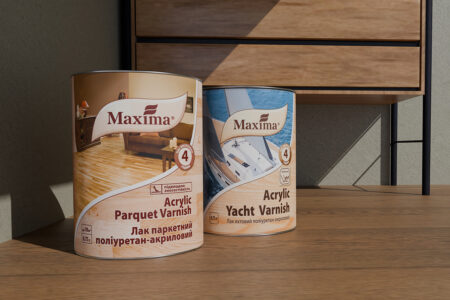
We recommend Acrylic Panel Varnish TM Maxima for protective and decorative coating “vagonka”, floor skirts, natural wood panels, plywood, wood chipboards, MDF, fiberboards and mineral boards. It dries quickly and doesn’t get yellow over time. It creates a flexible film, so it doesn’t crack over time. It is resistant to washing with detergents. But panel varnish is not intended for varnishing furniture, parquet or other flooring.
Parquet and Yacht varnishes are the most durable varnishes. Parquet polyurethane acrylic varnish TM Maxima is used indoors for varnishing parquet and wooden flooring with intensive exploitation loading. It is used for varnishing stairs, furniture, window frames, doors and other wooden surfaces indoors.
Polyurethane acrylic yacht varnish TM Maxima can be used for interior and exterior works. It is highly resistant to external effects of the environment: UV radiation, lasting impact of fresh and salty water and also effects of moisture and domestic detergents. Yacht varnish demonstrates advanced resistance to abrasion, scratches, hits and other mechanical loading. It creates a hard and elastic film that doesn’t crack over time.
Alkyd varnishes are based on synthetic resins. They are intended for interior and exterior works but they have a strong odor and a significantly longer drying period. Alkyd varnishes are more resistant to mechanical loading and abrasion. They reliably protect the wood against moisture and form a durable and hard coating.
When you choose paint products for wood, take into account the compatibility between them. Alkyd products can be applied only on alkyd-based products, when acrylic enamels and varnishes are compatible with alkyd-based and waterborne primers, enamels or wood protectants.
Read more
19.05.2025
